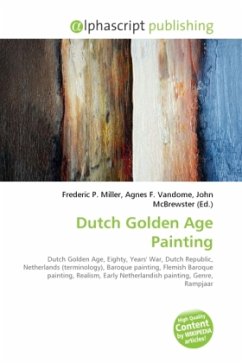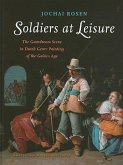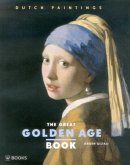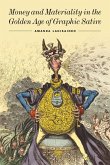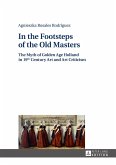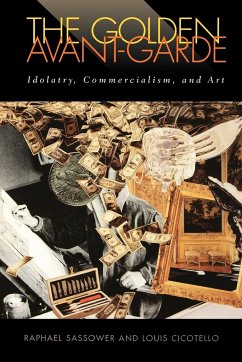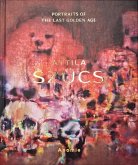Dutch Golden Age painting is the painting of the Dutch Golden Age, a period in Dutch history generally spanning the 17th century, during and after the later part of the Eighty Years War (1568 1648) for Dutch independence. The new Dutch Republic was the most prosperous nation in Europe, and led European trade, science, and art. The northern Netherlandish provinces that made up the new state had traditionally been less important artistic centres than cities in Flanders in the south, and the upheavals and large-scale transfers of population of the war, and the sharp break with the old monarchist and Catholic cultural traditions, meant that Dutch art needed to reinvent itself entirely, a task in which it was very largely successful. Although Dutch painting of the Golden Age comes in the general European period of Baroque painting, and often shows many of its characteristics, most lacks the idealization and love of splendour typical of much Baroque work, including that of neighbouringFlanders. Most work, including that for which the period is best known, reflects the traditions of detailed realism inherited from Early Netherlandish painting.
